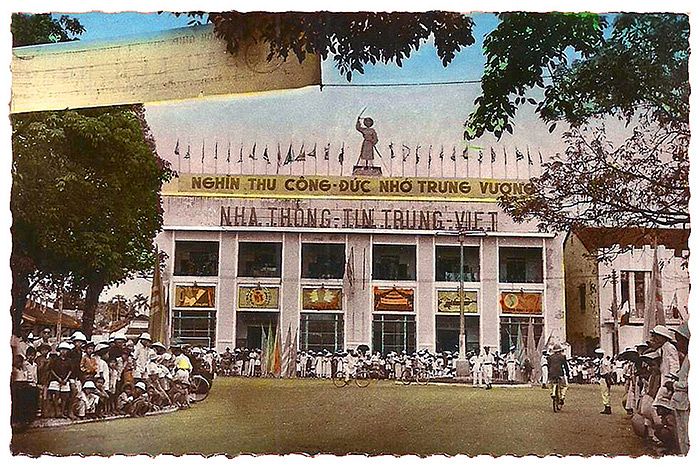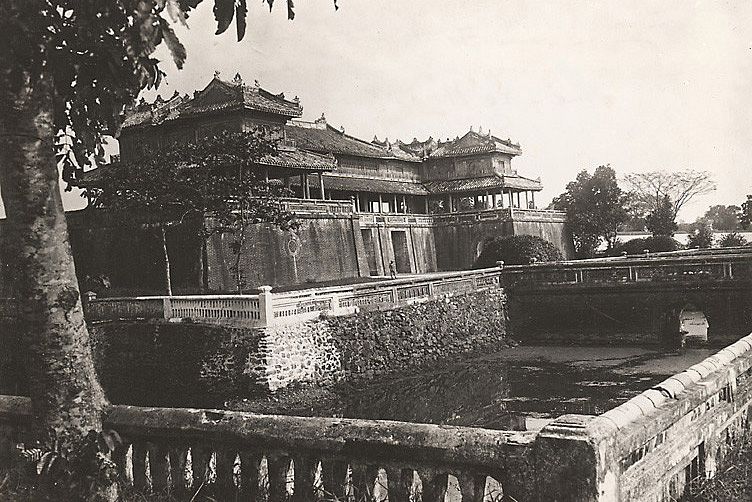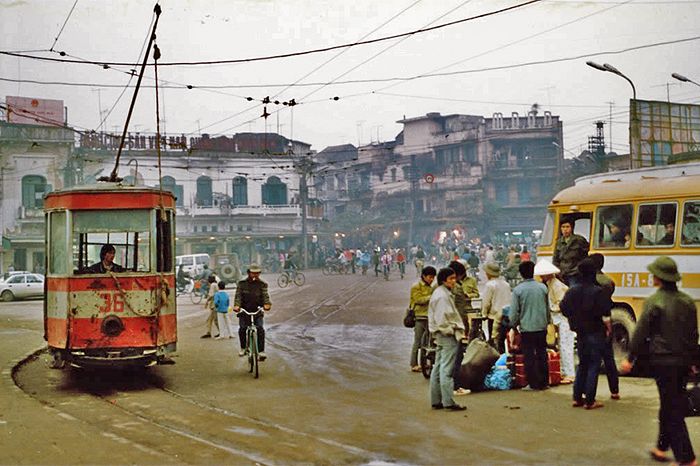When foreign occupation is discussed in Vietnam, the bulk of the conversation focuses on the Chinese and the French, rightfully so. However, while short-lived, the Japanese occupation of the country not only stoked the fires of Vietnamese independence but also elevated Ho Chi Minh to the forefront of Vietnamese politics. It may have only lasted 5 years, but imperial occupation ultimately shaped Vietnam’s contemporary history.
The creation of Japanese Indochina was made possible by 2 historical events, the Japanese domination of China and the Nazi occupation of France.

Nazi-occupied Paris.
China had long been a target of Japan ever since the country modernized under the Meiji Restoration of 1868. After beating Russia in the Russo-Japanese War, Japan emerged as a global power and began its gradual domination of China which began in earnest in 1931 with the invasion of Manchuria. By 1940, Japanese troops reached the southern Chinese cities of Longzhou and Guangxi but the Chinese were able to repel the attacks with supplies from Indochina.
The same year, France signed an armistice with Germany which had invaded the country with little resistance, resulting in the creation of pro-Nazi Vichy France which nominally governed both France and its colonial holdings.
While Japanese forces were able to capture Longzhou, Guangxi continued to hold out with supplies delivered on the French-controlled Kunming–Hai Phong Railway. The Japanese pressured the French to close the line who initially refused, but capitulated under pressure from Berlin and the treat of a Japanese invasion of Indochina.
Japan and Vichy France signed an accord which allowed the Japanese Imperial Army (IJA) to station up to 6,000 troops in Indochina at any given time.
The accord was quickly violated by the Japanese who moved tens of thousands of troops into Hanoi and fighting broke out between IJA and French forces.

The IJA captures Hanoi.
Within days, the Japanese had routed the French defenders, seizing control of Hai Phong and Hanoi but the threat of Soviet, British and American involvement deterred the IJA from moving southward. This soon changed after Germany invaded Russia and Japan began hostilities with the Allies by attacking Pearl Harbor.

The IJA captures Hai Phong.
In 1941, with the war in full-swing, 140,000 Japanese troops invaded an occupied Southern Indochina, including Saigon (pictured in the photo at the beginning of the article).
Check back tomorrow for Part II to see why the Japanese occupation ended and how it set the scene for the Second Indochina and American Wars.














